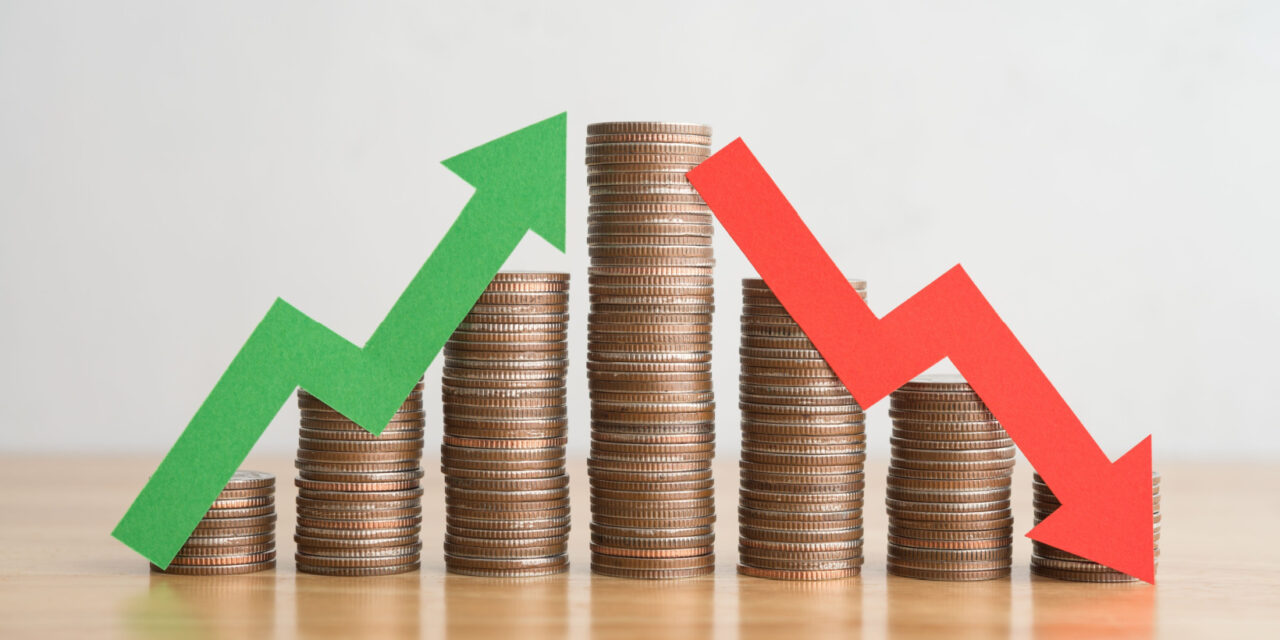
Looking Ahead to Falling Interest Rates
Though the Fed has left open the possibility of two more rate hikes before the end of the year, investors “looking over the horizon” can see the potential for declining interest rates beginning sometime in 2024. Investors may want to get a head-start on considering some of the beneficiaries of falling interest rates since, because the markets are anticipatory by nature, much of the opportunity may be gone by the time interest rates begin their actual decline.
To view the full article please register below:
Looking Ahead to Falling Interest Rates
Though the Fed has left open the possibility of two more rate hikes before the end of the year, investors “looking over the horizon” can see the potential for declining interest rates beginning sometime in 2024.
Investors may want to get a head-start on considering some of the beneficiaries of falling interest rates since, because the markets are anticipatory by nature, much of the opportunity may be gone by the time interest rates begin their actual decline. Some of the beneficiaries of declining interest rates are:
- Small and mid-size technology and communication services companies may benefit from lower rates in two ways. Since many of them require access to credit, credit costs will be lower, helping to reduce expenses and grow profits. The second way is through improved valuation estimates since lower rates raise the estimated worth of a company derived by the discounted future earnings model.
- Utilities may also shine—not just from lower borrowing costs, but from increased attractiveness as their dividend yields become more enticing as interest rates fall.
- More generally, quality dividend-paying stocks may also outperform since their dividend yields will gain greater investor attention.
- Health care and pharmaceutical stocks may also be relative outperformers, especially if lower interest rates are a result of a slowing economy since they have more dependable revenues and comparatively higher dividends.
- Falling interest rates may cause the dollar to weaken; since commodities are priced in dollars, a weaker dollar boosts commodities prices, helping commodity producers, including miners and oil producers.
- Bonds will gain in value as rates decline.
- Lower rates may ease the current pressure on real estate, returning this sector to a more favorable long-term outlook.
- Gold and other precious metals may become more attractive.
And if you don’t believe a recession is coming or that it’s already factored into equity prices, select retailers could be interesting:
- Consumer discretionary stocks have historically performed well in a falling interest rate environment since consumers are able to borrow to fund purchases at more favorable rates, driving spending on bigger-ticket products and services. Moreover, these companies tend to have higher indebtedness ratios, translating in profit growth from lower borrowing costs.
- Big box retailers—which sell many consumer discretionary products, along with consumer staples—may also benefit via higher sales.
While falling interest rates are not reason enough to alter an investor’s long-term investment strategy, they may provide opportunities to adjust portfolio exposures to boost overall investment performance.
Please reference disclosures at: https://blog.americanportfolios.com/disclosures/












